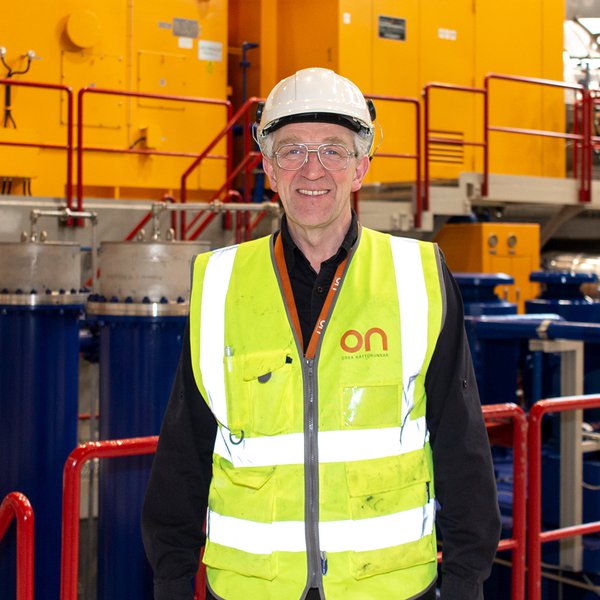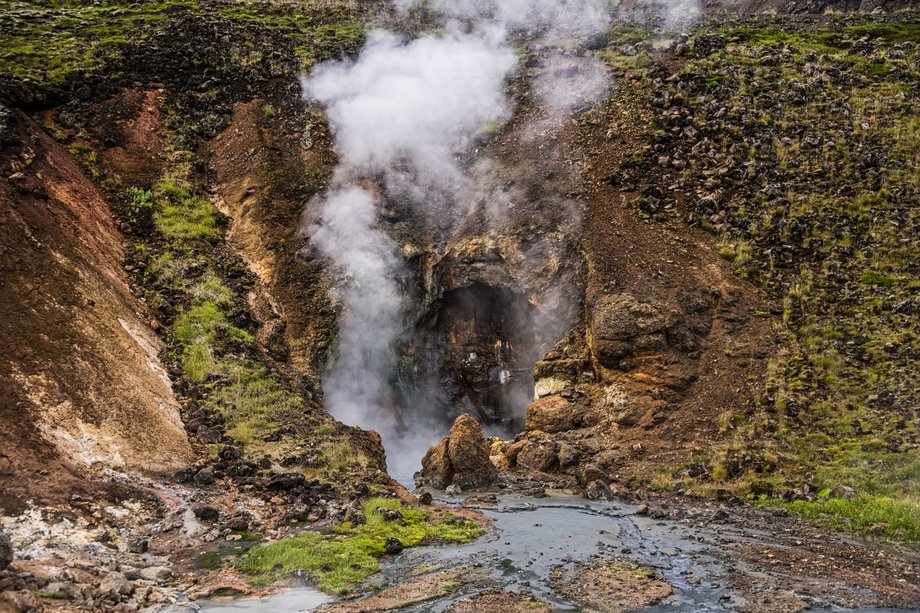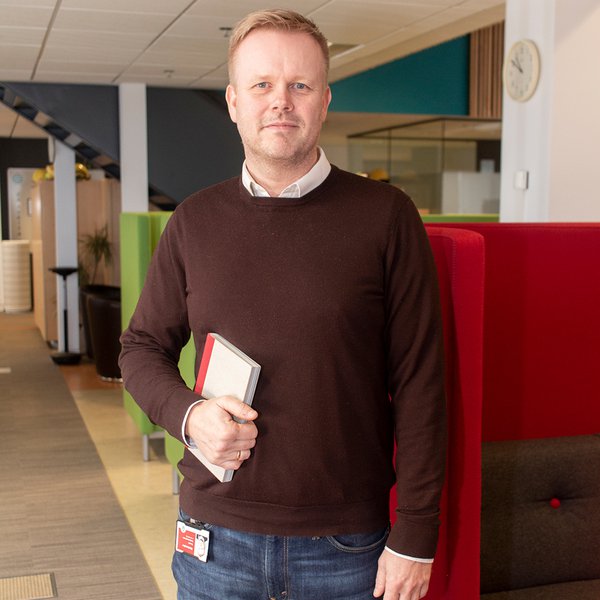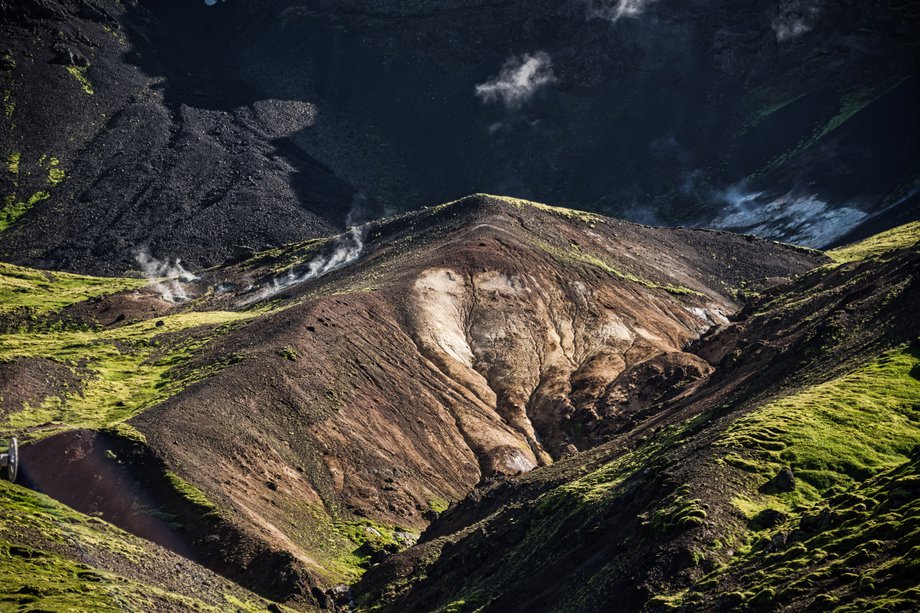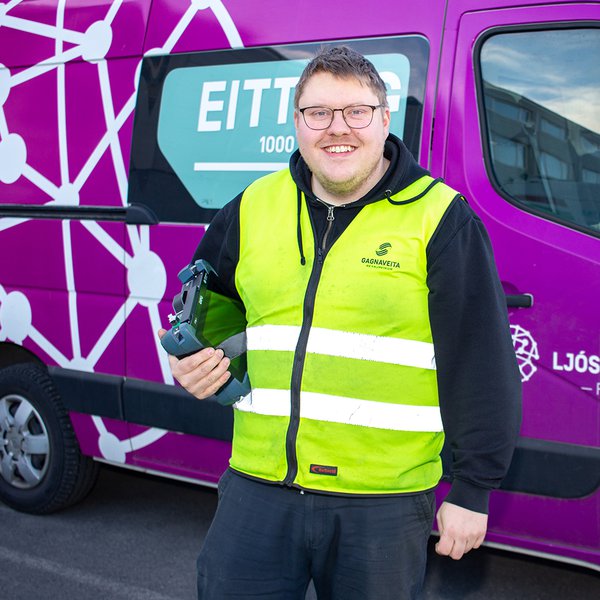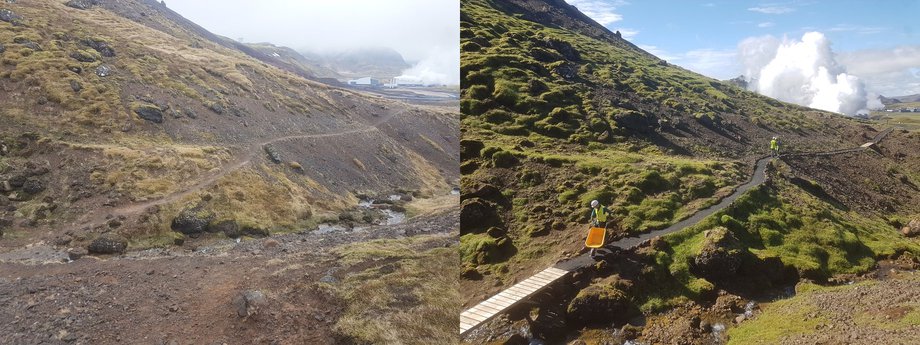Veitur Utilities has thirteen water sources and ON Power has two water sources, see annex. The water utilities’ distribution system caters for up to 45% of the nation.
At the beginning of 2018, micro-organism measurements exceeded the threshold in five of potable water samples from boreholes in Heidmörk. Following this, the situation was examined, sampling supervision was increased, and ultraviolet (UV) light was used on potable water out of one borehole to reduce the risk of micro-organisms entering the water supply under special weather conditions. An experimental project is being conducted on the simultaneous analysis of micro-organisms in potable water. In the latter part of 2018, micro-organism measurements exceeded the threshold at the Nesjavellir Geothermal Power Plant but with repeated sampling, quality requirements were met.
Water conservation is delimited around the water sources of Veitur Utilities. Water protected areas are monitored with regard to, among other things, the transport of oil, petrol and other hazardous substances in Heidmörk, see appendics. To reduce the risk of oil spills, Veitur Utilities has started to use hydrogen vehicles instead of leak-inspected diesel vehicles in their supervision.
Veitur Utilities plans to increase water production in the Vatnsendakrikar plant in Heidmörk.
Veitur Utilities has investigated microplastics in potable water in the boreholes and distribution system of the capital area. A minute quantity of plastic was found in the system and its origin is unclear. There are no guideline limits for microplastics in potable water. Work is being conducted on the development of collection and analysis methods.
